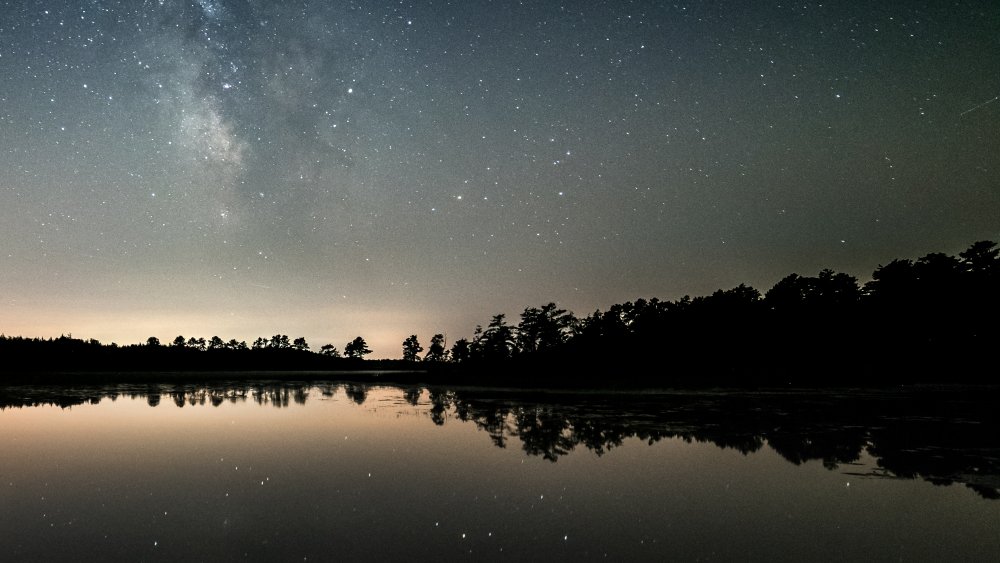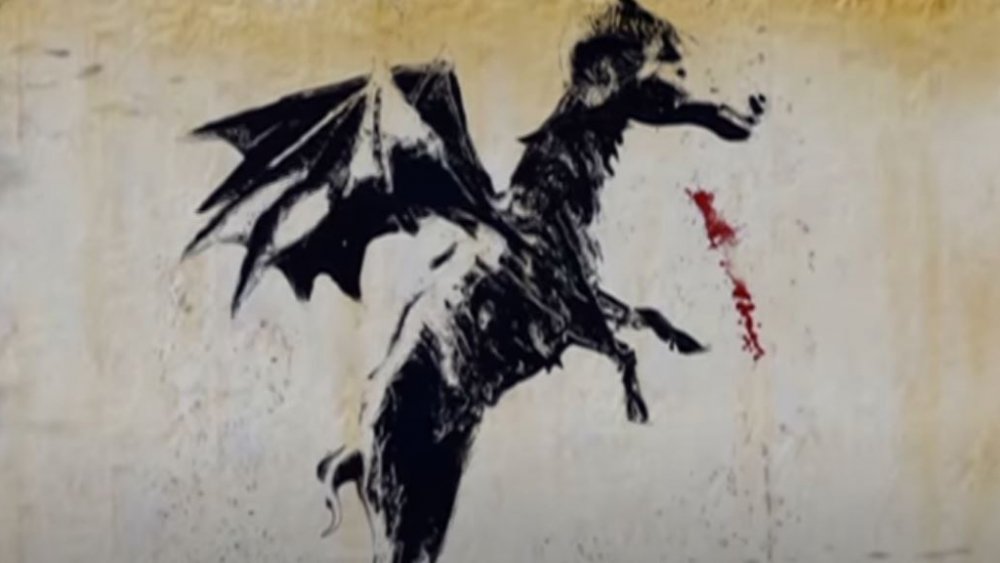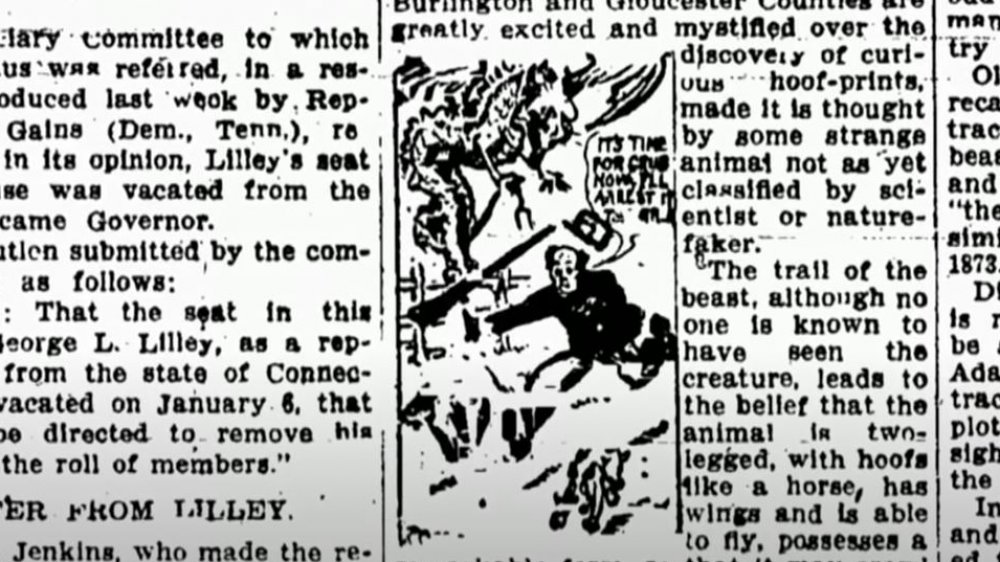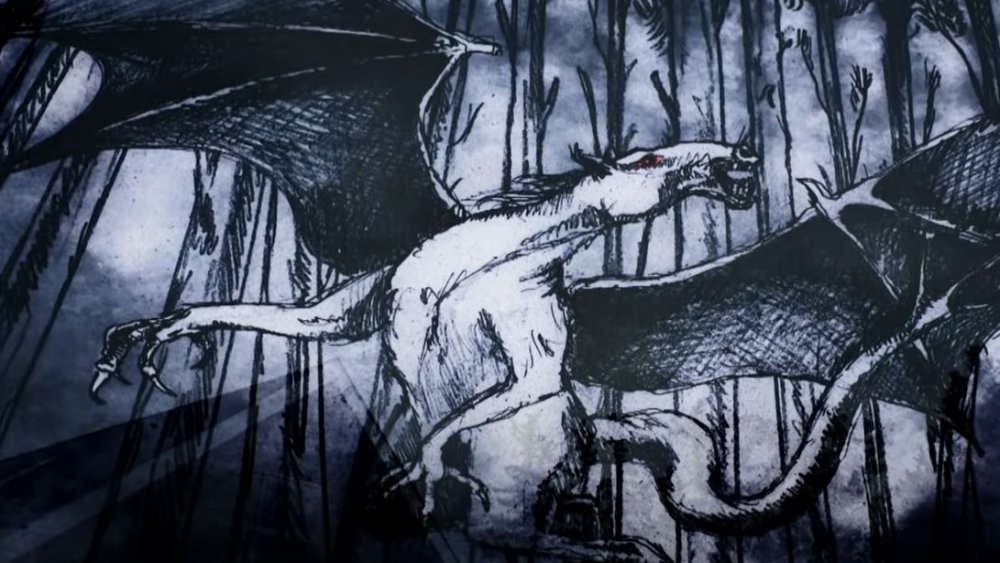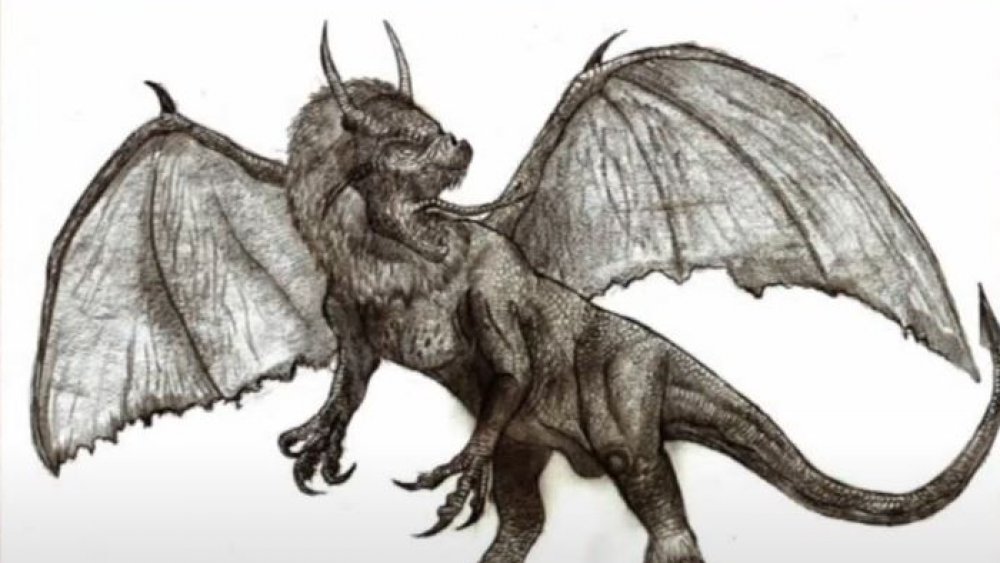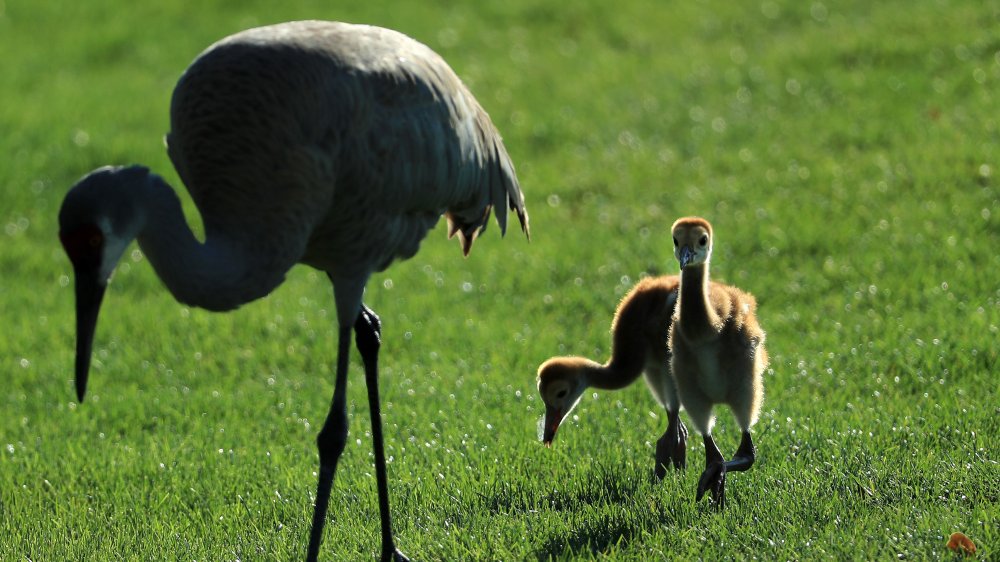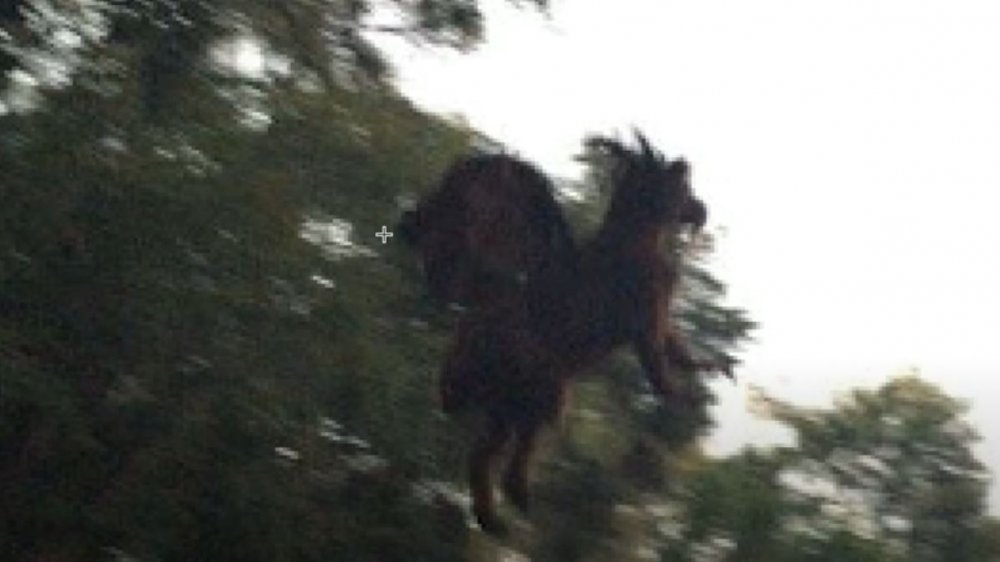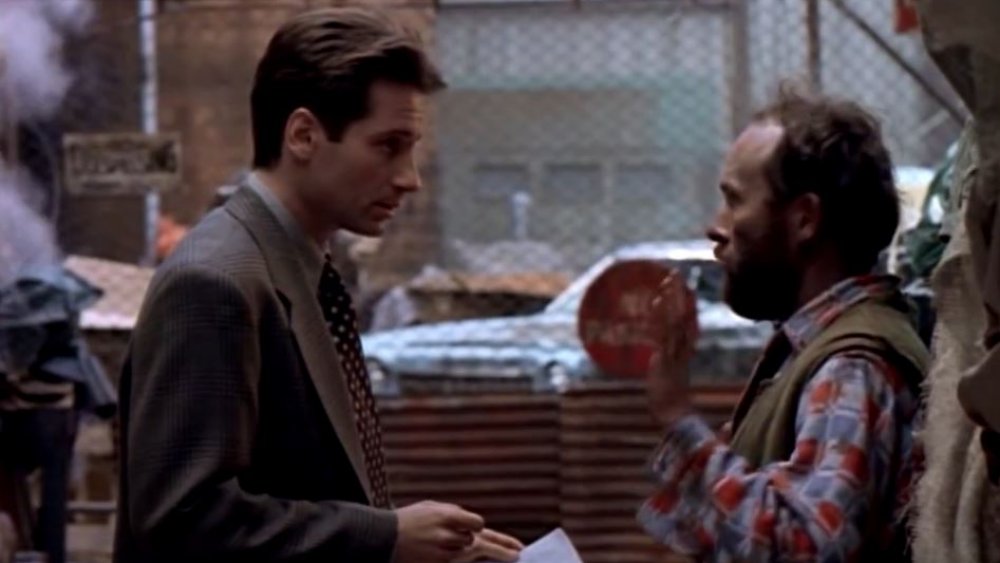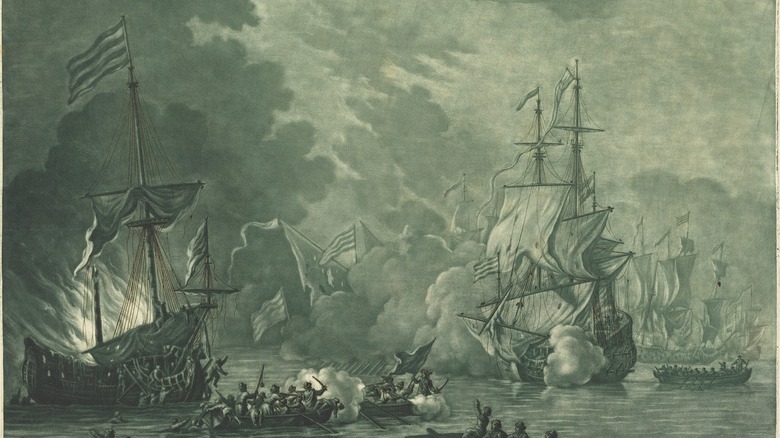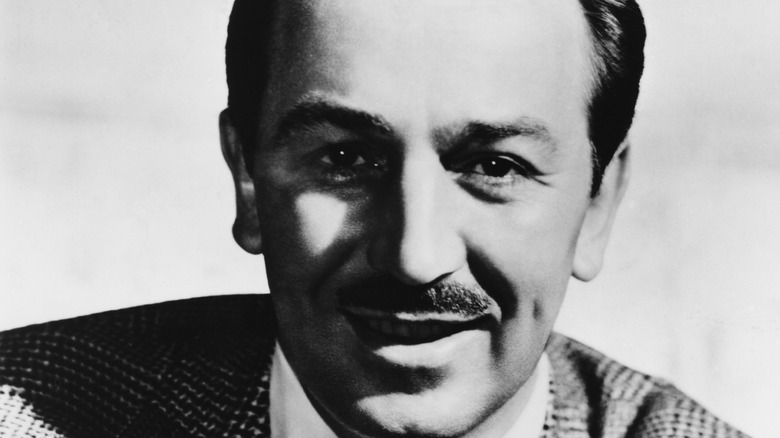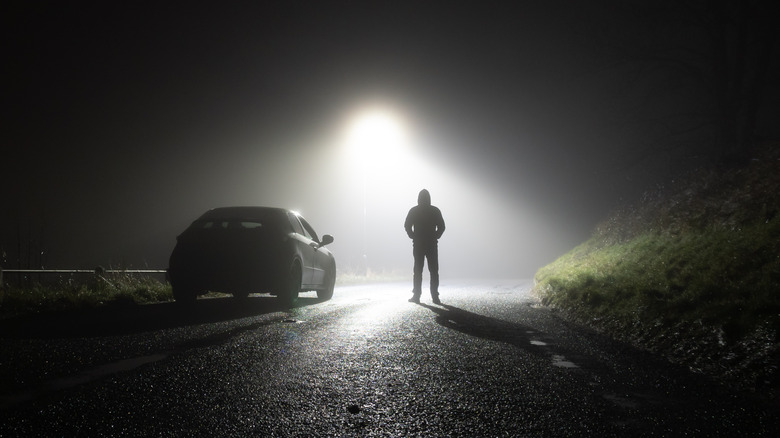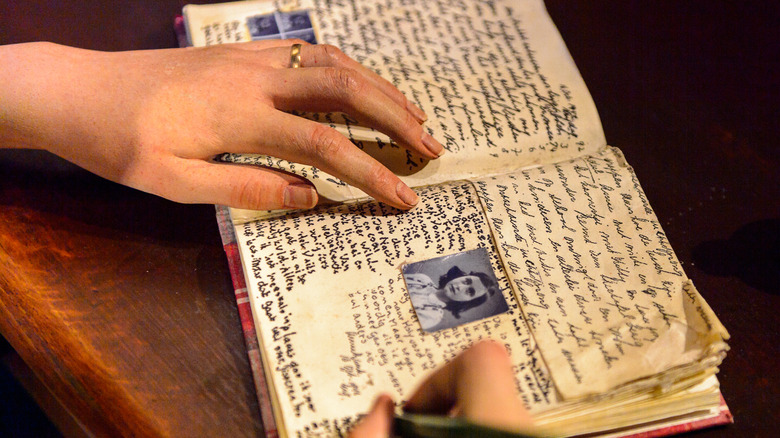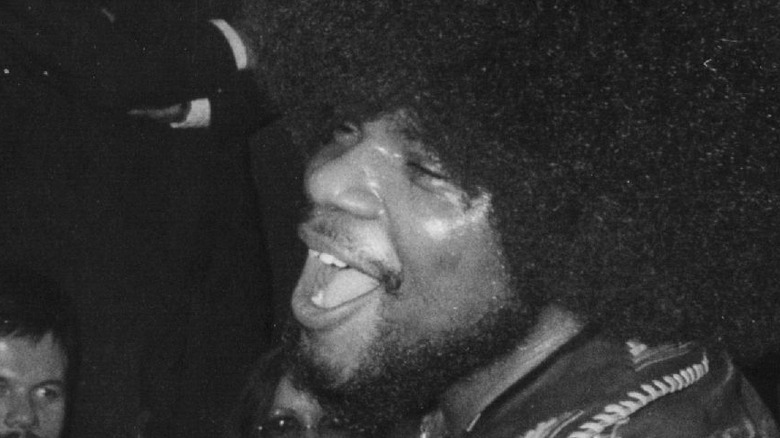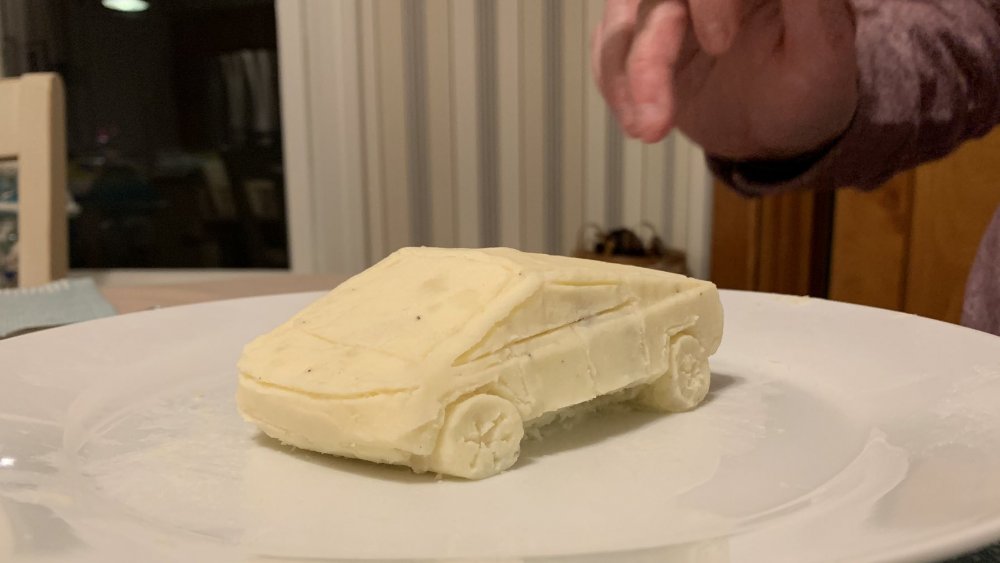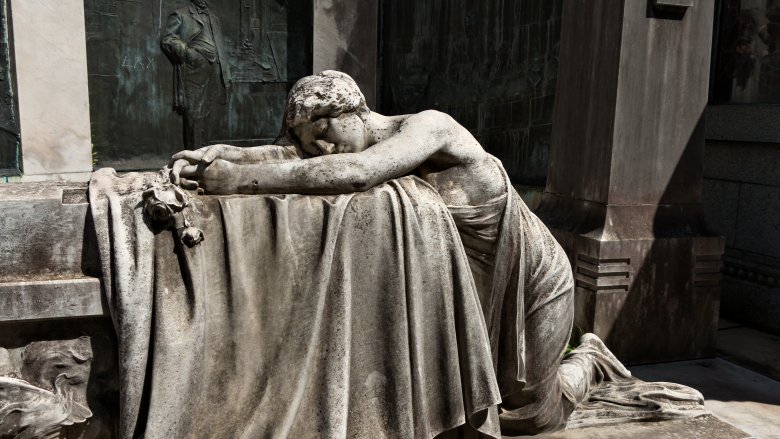
The Legend Of The Jersey Devil Explained
If you happen to find yourself in New Jersey’s Pine Barrens, keep an eye out. Did you see any cloven hoofprints? Hear any strange flapping in the night, or a “bloodcurdling scream,” perhaps? Hopefully not, because the Garden State locals have spent a few centuries chatting it up about a cryptozoological creature which, these days, usually goes by the friendly name of the Jersey Devil. And no, it has nothing to do with hockey.
Is the Jersey Devil real? The evidence is a bit lacking. Is it demonic? Depends on your viewpoint. Regardless, this olden tale of a cursed infant that savagely killed its family and feeds on livestock has proved quite enduring, and while these days, the whole “the devil did it” shebang doesn’t frighten quite as many folks as it used to, the Jersey Devil has certainly cemented its place in North American mythology, reality notwithstanding. Besides, how many other mythical creatures have caused such widespread panics that schools and offices had to shut down? Get ready, folks, to meet New Jersey’s weirdest resident.
The creepy origin of the Jersey Devil
Unlike superheroes, cryptids don’t usually have detailed origin stories. The Loch Ness Monster, for instance, isn’t an Illuminati master, but just a dinosaur that’s allegedly still alive today. The Jersey Devil, though? It’s got a tale fit for a horror movie. For centuries, people have whispered around the campfire that the terror all began on a dark and stormy night (original, right?), when, according to Live Science, a strange woman named Mother Leeds, the wife of one Daniel Leeds, was laboring with her thirteenth baby. Some versions of the story say that she was a witch, while others, as written on Weird New Jersey, say that Daniel had accidentally cursed the pregnancy by once shouting, “Let this one be a devil!” but either way, the end result wasn’t a happy one: as poor Mother Leeds pushed her final push, the baby that emerged emitted an otherworldly shriek, and revealed itself to be a cloven-hoofed, horse-headed, bat-winged monster from hell.
Now, if you’re hoping that the family adopted this strange child, no such luck. Once born, the Jersey Devil gorily slaughtered its own mother, then tore apart the midwife/s, finishing its carnage by flying into the next room and murdering its father, and all 12 siblings. Jeez, kid! Once this was done, the creature shot up the house’s chimney, disappeared into the forest … and, supposedly, has been haunting the Pine Barrens ever since.
How to recognize a Jersey Devil if you see one
Your first instinct upon hearing the words “Jersey Devil” might be to envision either a muscular horned behemoth with a pitchfork — or, perhaps, an obnoxiously aggressive driver from Newark cutting you off on the G.W. Bridge — but the actual mythical beast is a rather odd lookin’ fella, and not in the way you’d expect. As Live Science explains, eyewitnesses have described the Leeds Devil as looking like a cross between a mini-kangaroo and a goat, walking about on two hoofed legs when it isn’t flapping through the sky on its nightmarish bat wings. The devil’s curiously horse-like head sits atop a long neck, and its body is supposed to be on the small side, usually around three feet tall. Depending on what old storyteller is tugging on your ear, they might even add that it has a long lizard-like tail. Weird, huh?
By the way, while some eyewitness drawings might have a charmingly friendly expression, don’t believe the lies. The Jersey Devil is said to be a real jerk. When it’s not shrieking into your windows at night, according to the Pinelands Preservation Alliance, it’ll get busy ripping apart your chicken coop and killing your animals … if, you know, it’s real. Not a lot of evidence, in that regard, but hey, that doesn’t stop anyone from believing in that creepy chupacabra, either.
The real life political and religious battles which fueled the Jersey Devil's creation
Okay, plot twist. The Leeds family were real. And yeah, to say it mildly, they’ve been subjected to a two-century smear campaign from hell, pun intended.
Why? As reported by the Courier Post, historian Dr. Brian Regal theorizes that it’s all Benjamin Franklin’s fault. Sort of. See, Regal says that back in the 1700s, Daniel Leeds was a New Jersey Quaker who got a lot of flak for his unconventional approach to religion. Daniel ended up leaving the faith, and spending much of his life battling his former brethren through the writing of an almanac that mixed science, astrology, religion, occult stuff, and other things, basically guaranteed to fire people up. This almanac, first started in 1867, earned him the nickname “Satan’s Harbinger.” His son, Titan, carried the torch, and his almanac was publicly mocked by (wait for it) the aforementioned Mr. Franklin, who ran a rival satirical publication. Then, making matters worse, the Leeds family took the wrong side in the American Revolution, preferring the British. Oops.
People talk. People spread rumors. And somewhere along the line, “Satan’s Harbinger” was folklore-ized into the father of a literal demon. By the 1840s, monster stories were linked to the much-hated Leeds family of yore, and the damage was done. None of this was helped, as The Week points out, by the Leeds family crest, which depicted three demonic-looking monsters on it.
Napoleon's brother was one of the first people to report seeing the Jersey Devil
It was in the 1800s when people first started describing a weird monster in New Jersey’s Pine Barrens. One of the earliest descriptions of the beast, as Mental Floss points out, came from a man named Joseph Bonaparte, and if that name sounds familiar, it should — he was, in fact, Napoleon‘s brother, among various other titles and honorifics. As the lesser-known Bonaparte told it, he’d been just hunting in those freaky American woods one night when he noticed some even freakier hoofprints, so he followed them, and then — after hearing a terrible hiss in the woods — came face-to-face with the Jersey Devil. Though Bonaparte never encountered the animal again, he never forgot its visage, and made a point to tell everyone he knew … and to always keep an eye out, every time he went hunting.
Another early devil-sighter, back in olden times, was Commodore Stephen Decatur, as explained by Atlantic County, a U.S. naval hero who claimed to have fired a cannonball at the flying beast, which evidently didn’t injure it. Bummer. Or maybe he was just trying to hit a bird, and needed a good excuse for missing it? Who knows.
The great Jersey Devil terror of 1909
From snow days to viruses, there are a lot of good reasons to close down schools, once safety becomes an issue. Back in 1909, though, the fear that shuttered New Jersey’s doors was somewhat unusual — namely, that so many people were allegedly being terrorized by the Leeds Devil.
As the New York Times explains, the “devil scare” quickly gained the attention of the news media, spreading the legend of the Jersey Devil to countless outsiders, probably accounting for its popularity today. Inside the Pine Barrens, though, people were spooked. Students and workers were told to go home. People called in sick. Factories closed down. Theater performances were cancelled, according to Philadelphia City Paper, and the only places to suddenly see big crowds were in desperately-praying church pews. Basically, people didn’t want to go out. Some said that the demon had attacked a social club in Camden, according to the Vintage News. It was pretty insane, from the sounds of it. Leeds Devil sightings started popping up as far out as central Pennsylvania, as reported by Pennsylvania Wilds, with one eyewitness describing a creature with “a long neck, large head with fiery eyes, has two legs about three feet in length and a forked tail about five feet long.” Sure sounds like that Jersey fella.
So, uh … what happened? Why did so many people report seeing this thing? Jury’s out, on that one.
Buy your tickets to see a captured Jersey Devil!
In 1911, two years after the Jersey Devil hysteria had subsided, Philly History reports that the team behind Philadelphia’s then-failing 9th and Arch Museum, T.F. Hopkins and Norman Jeffries, saw an opportunity to cash in, and hopefully save their business. After all, considering the widespread panic of 1909, who wouldn’t pay money to see a captured Jersey Devil?
Of course, there was that one little problem regarding the Jersey Devil being not, you know, real. That didn’t stop Hopkins and Jeffries, though. Publicizing a story about how the Leeds Devil had finally been captured after a desperate struggle with a Jersey farmer, the duo orchestrated some wacko trickery, according to James F. McCloy and Ray Miller’s The Jersey Devil, by renting out a real kangaroo (!), literally painting green stripes on the poor animal, and attaching a set of fake wings to its back. Between animal cruelty and the overall dumbness of the whole enterprise, the kangaroo itself wasn’t particularly down to participate, so the museum would only show its alleged catch to audiences for a split-second, before slamming the curtain down. And, presumably not accepting refunds.
When the Leeds Devil changed its name
Okay, so if you ever find yourself time traveling like that John Titor guy, and decide to go poking around back in the 1800s, don’t ask anybody how to find the so-called “Jersey Devil.” Back then, nobody called it that. It was strictly known as the Leeds Devil, named after the family it came from.
When did this all change? Most likely, if George Gray Haven’s “The Quaint and Curious History of 1909” is any indication, the Leeds Devil started sometimes being referred to as the Jersey Devil sometime in the early 1910s, probably owing to the creature’s rise in popularity following the 1909 panic. Logically, if you lived in a neighboring state, you might be inclined to associate this weird demonic creature with the place it came from. Makes sense, right? According to The Week, who analyzed the name change using Google Ngrams, mentions of the Jersey Devil name kept trending upward through the twenties, peeked in the forties, and then rose again in the eighties and nineties. Either way, while people still call it the Leeds Devil from time to time, by now, you can consider this creature thoroughly renamed.
Wanted, dead or alive: the Jersey Devil, for $100,000
As recently as 1960, a bunch of locals once again started getting concerned about weird hoofprints, demonic shrieks, and other markers that a certain local legend had returned. Oh no! Naturally, according to authors James F. McCloy and Ray Miller, the authorities explained that it was probably just an owl or something, but who cares about boring explanations when a better, demonic one exists? As a result, traps were set, and in a weird twist, some big-money folks put big money on the table, offering serious reward cash for anyone who could catch the critter. First off, the Broadway Improvement Association of Camden offered $10,000 to anyone who could bring them a live Jersey Devil. Not to be outdone, the Hunt Brothers’ Circus in Florence put out a reward offer of $100,000, dead or alive, for the purpose of displaying the animal (or its corpse) for mega-bucks.
Needless to say, both of those offers went unfulfilled.
Explanations for the Jersey Devil sightings
Hoaxers aside, most people who spot cryptids like the Jersey Devil probably aren’t lying, per se. They tend to be seeing something normal, perhaps in a fast blur, and confusing it for something abnormal based on rumors they’ve heard. For instance, there’s a whole bunch of coyotes with mange that have been called chupacabras.
What about the 13th Leeds child, though? Aside from the politics involved in the story’s onset, what have people in the Pine Barrens been spotting, particularly in 1909?
According to Jeff Brunner, a Jersey Devil aficionado who — perhaps more importantly — served as the director of development for the Humane Society of New Jersey back in the nineties, there’s an easy, if unsatisfying, explanation. “It probably is, if anything, a sandhill crane …They’re about 4 feet high, which is the same height the Jersey Devil is [by most accounts]; it has about an 80-inch wingspan; it avoids man, and will fight if it’s confronted. It also has a very loud scream, like the Jersey Devil is supposed to have.” As for the livestock mutilations, those could’ve been performed by any number of other wild animals. The fact that so many people would all see these birds as something more disturbing can probably be chalked up to some degree of mass hysteria, as authors James F. McCloy and Ray Miller point out, as people read the papers, heard other neighbor’s tall tales, and so on.
Sightings of the Jersey Devil are still reported today
In this era of smartphones and social media, you probably shouldn’t expect to ever see another Jersey Devil panic like the one in 1909, but sightings do still arise from time to time. After all, you can’t ever keep a good legend down. For instance, while there are no historical photos of the Jersey Devil, the year 2013 did see Reddit go wild over a more recent one, according to Business Insider, which showed a bizarre-looking little animal scampering across a fence. Don’t worry, though, closer examination revealed it was just a hairless squirrel. The poor animal probably just had mange.
A few years later, a Jersey man named David Black posted an alleged snapshot of what he claimed to be the mythical beast, as reported by ABC News. Black claimed that on a Monday afternoon, he’d seen what looked like a llama on the side of the road, stopped his car, and managed to take the photo above, just as the animal started flying away. Believe what you want, but it’s nice to finally have a Jersey Devil photo that makes a finely creepy companion to that infamous “Myakka” skunk ape one from the nineties. Black, for his part, voiced his fear that the monster might start stealing away souls and/or children from their nurseries.
But hey … the Jersey Devil is possible, right? Please?
Frankly, if you weighed the possible reality of all the cryptids out there, the Jersey Devil would rank pretty low on the “believability” scale. Bigfoot? Sure, it’s at least vaguely credible that an undiscovered primate might be lingering in North America’s woods, if not likely. The Loch Ness Monster? Hey, it’s a big lake. However, a demonic child with wings and a horse’s head, that’s been flapping its wings around New Jersey for a few centuries and killing chickens? Eh, not so much.
Just in case you’re still not convinced, allow Live Science to thoroughly ruin it for you. The monster’s weird physique, a mishmash of other animals so weird it makes the platypus look normal, is “anatomically impossible,” in the words of Benjamin Radford. Equine head aside, the creature’s body is far too massive, heavy, and muscular for the little set of bat wings on its back, so if the Jersey Devil is supposed to fly out someone’s chimney, much less through the woods … well, it couldn’t. Sorry. If it were real, the Jersey Devil would have more in common with an ostrich than some creature of the night. And that’s putting aside the other irregularities in its supposed appearance, but you get the idea.
How the New Jersey Devils sports team got their name
Without question, there’s no sports team in the world whose moniker is even half as cool as the New Jersey Devils, a hockey team that probably never gets invited to churches. With all the lame naming possibilities that this team must’ve considered, how did they ever end up with such a perfect tribute to the Garden State’s resident monster?
A contest, of course. As reported in 1982 by the New York Times, the franchise owners ran a special “Name That Team” competition which received over 10,000 votes from New Jersey individuals, and such mundane names as the Meadowlanders, the Generals, and the Colonials, were beaten out by the local cryptozoological legend. Though the owner reported getting protest calls from certain religious groups, the will of the populace was heard, and the New Jersey Devils have been skating ever since. That said, while the name obviously stems from the Leeds Devil, their mascot is another story, with his red skin, mustache, and horns. C’mon, where’s the horse-looking face?
The legacy of the Jersey Devil in popular culture
Everyone has heard of the Jersey Devil, and the creature’s wings have spread far and wide across popular culture. Arguably the Jersey Devil’s most famous Hollywood showing was in a 1993 episode of The X-Files, titled (guess) “The Jersey Devil.” Popular as this episode may be, it’s worth noting that it had very little in common with traditional Jersey Devil mythology: the “creature” in the episode is just one of a group of feral and psychotic humans, or Jersey Devils, which arguably take more cues from Bigfoot than their namesake. Meanwhile, a version of the Jersey Devil also messed around with the Teenage Mutant Ninja Turtles in the 2007 film TMNT, and the Jersey Devil Coaster at Six Flags claims to be the world’s “tallest, fastest, longest single rail coaster.”
As for why this creature’s story persists to this day, despite a stunning lack of evidence? Well, it probably has less to do with Pine Barrens locals believing in it (of course they don’t) and more to do with the fact that the Jersey Devil is now a source of local pride, as Philadelphia City Paper explains. The myth helps bring more awareness to the Pine Barrens, attracts tourists … and honestly, is just fun to discuss. Seriously, if your local town had a monster legend, wouldn’t you talk it up, too?

Here's What Would Happen If Antarctica Melted

Why Coronavirus Treatments Might Not Be Affordable In The U.S.
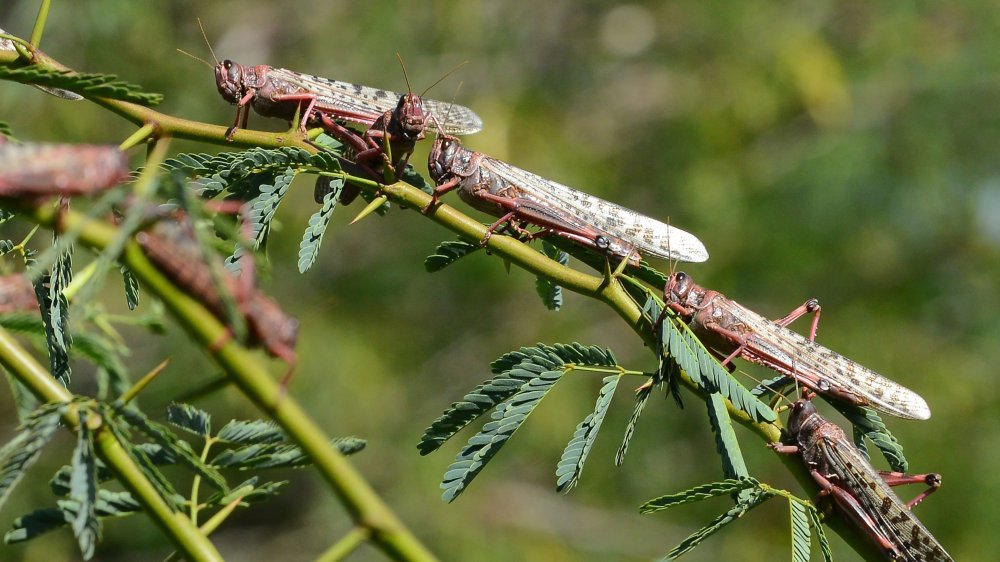
China Considered Enlisting 100,000 Ducks In War On Locusts
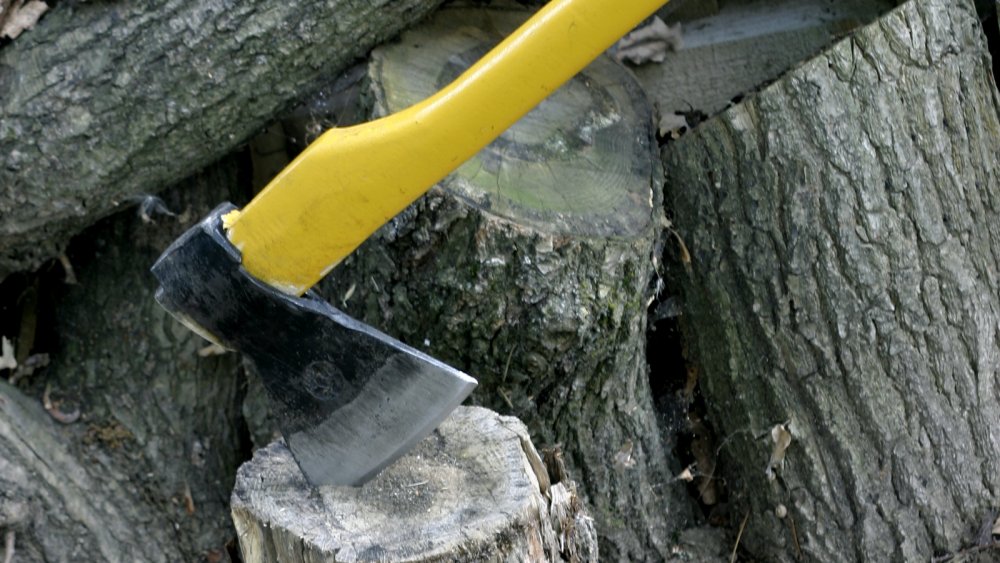
The Truth About Lizzie Borden's House
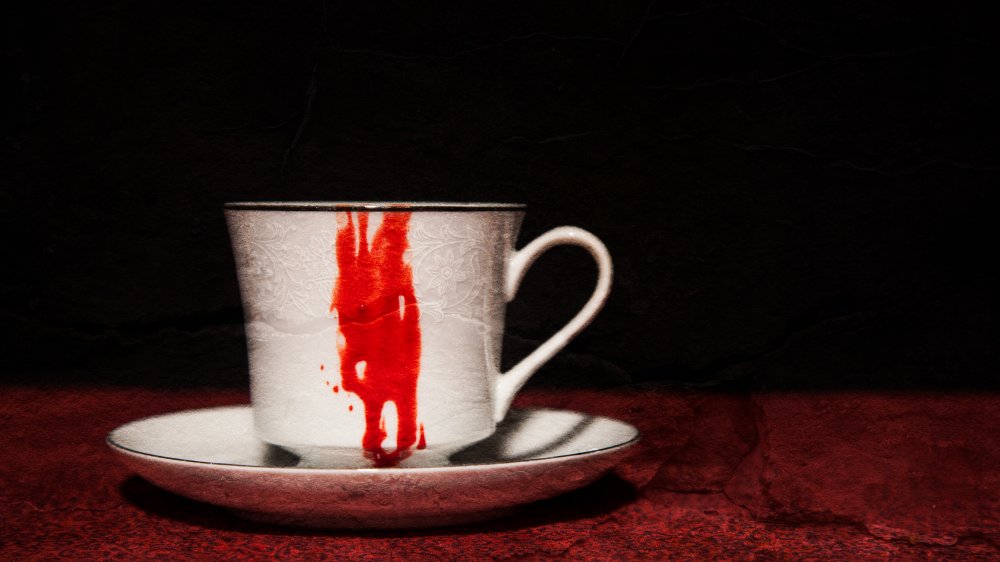
The Reason People Used To Drink The Blood Of Executed Criminals

Newly Discovered Immune Cell 'May Treat All Cancers'

Vantablack: The Truth About The Darkest Color On Earth
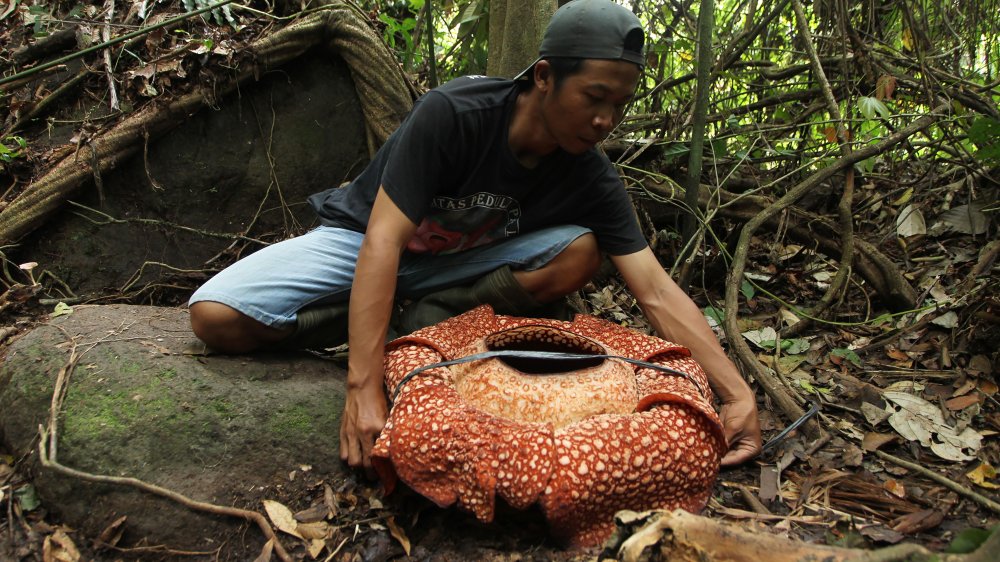
Why The World's Largest Flower Smells Like Rotting Corpses
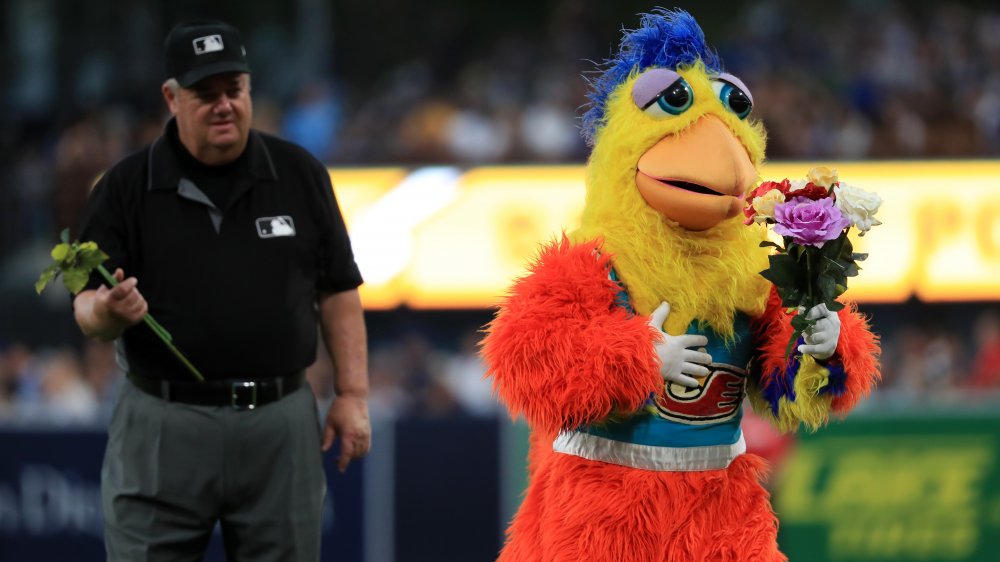
The Rarest Chicken Breed In The World

Are Dogs' Mouths Really Cleaner Than Humans'?
